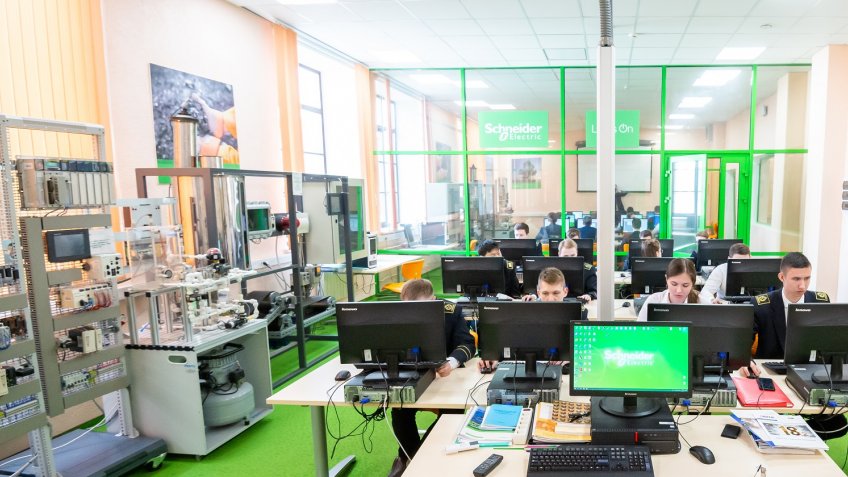St. Petersburg Mining University has launched a new digital simulator. It is expected that the high-performance computing cluster will take the university research to a whole new level. Besides, by opening new lab facilities, Mining University provided its scientific staff with new opportunities.
Role of digital simulation
The primary purpose of digital models and simulators is to give a more or less accurate estimate of the consequences that certain events, provided they happen, may bring in the future. Natural or human-made disasters are some examples of such events.
Virtual simulation of any phenomena is a complex process requiring massive amounts of data to be input into the computer system. However, the costs are balanced out by the benefits. Based on analysis findings, an operator makes conclusions that often lead to the best possible decisions, contributing to the higher population and infrastructure security.
Experiments, for which digital models serve as a basis, are in demand by businesses. One of the most popular requests is to calculate the equipment effectiveness - whether it is the machinery in use or a device intended to be bought. Customers want to know how the machines will function when interacting with certain metals or ores and the time between overhauls.
"To prove that simulation data is adequate and realistic without physical testing is, of course, impossible. Nonetheless, the computational process allows to reduce the number of tests needed significantly," notes Yury Zhukovsky, Director of the Centre for Digital Technologies at Mining University.
Scientific experiments at a new level
Despite the pandemic, Saint Petersburg Mining University decided not to wait till better times but to establish the simulation complex. There are three laboratories in total. Two of them are meant for students, whereas the third one for contract-based research and authoritative studies.
The cluster has just been opened, but at present, the work is in full swing. For example, one of the eight computers in the core lab is used for modelling a plant accepting two fluid streams - a warm and a cold. The aim is to examine the long-term effects of water-metal interactions.
Another computer helps simulate the process of rock blasting, which is an integral part of hard rock mining. The customer wants to know how many blasts would be optimal for exploiting a particular deposit. The third machine is computing the most rational way of arranging equipment for the solar panel factory. It will allow avoiding mistakes at the construction.
"Many people mistakenly believe that the program can literally answer all their questions, whilst this is not true - human assistance is a prerequisite. Moreover, data input and interpretation are not to be done by programmers, but best reassigned to people in possession of certain competencies. Depending on what area of science a particular digital model is used in, these could be oil workers, mining or civil engineers, or representatives of other professions," says Zhukovsky.
Improving learning experiences
Two other labs are equipped with less powerful computers. These facilities are not accredited to offer paid services and meant exclusively for undergraduate and postgraduate students. Anyone willing to do so can work in these rooms. On the one hand, students can thus take advantage of gaining competencies in digital simulation. On the other hand, it helps separate the learning process and research activities, thereby enhancing their productivity.
"Each student of Mining University has state-of-the-art engineering tools at their disposal. By giving them this opportunity, we raise their competitiveness in the labor market. And once they find a job, they will adapt to the new environment more easily. That said, if we see that someone's research looks promising and requires more computing capacity than the learning labs can offer, we may grant that person access to the core facility," emphasizes Zhukovsky.
